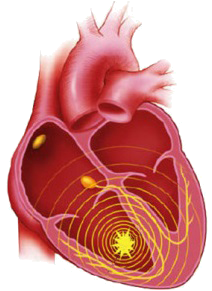
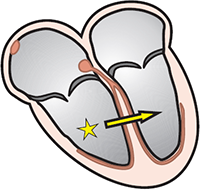

Accelerated Ventricular Rhythm

Ventricular Rhythm

Accelerated Ventricular Rhythm

Ventricular Tachycardia
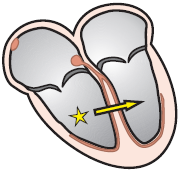
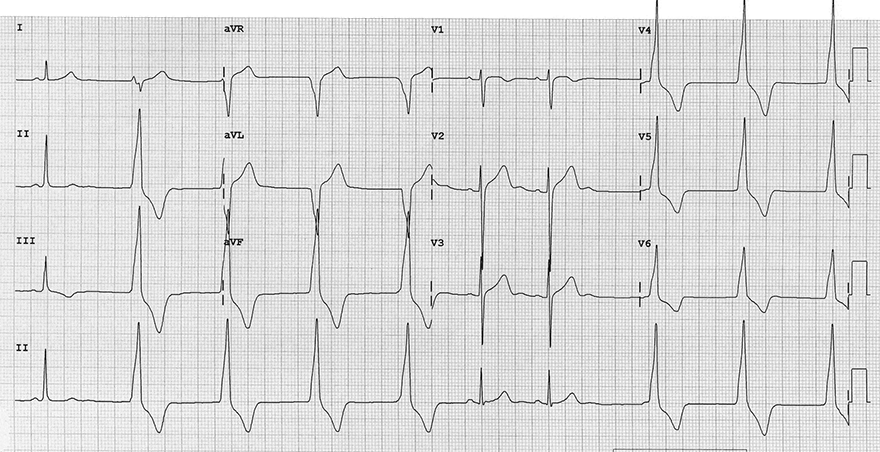
Accelerated Ventricular Rhythm


Sinus Rhythm and Ventricular Extrasystoles
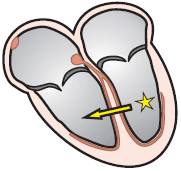
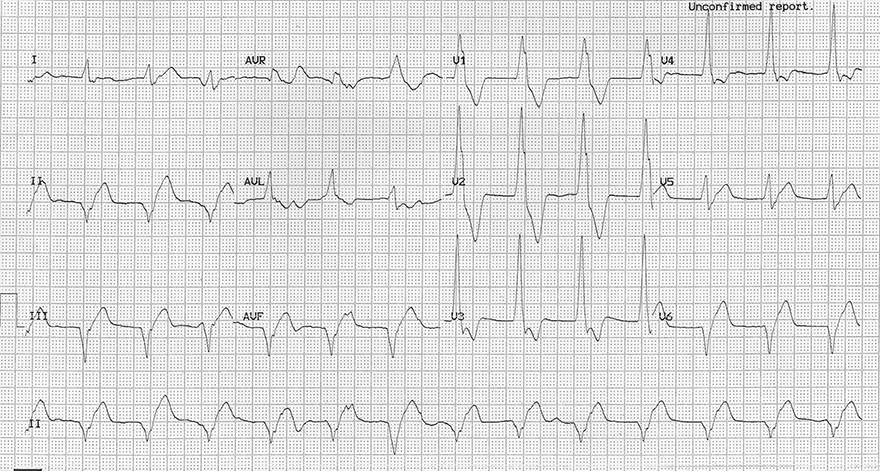
Accelerated Ventricular Rhythm

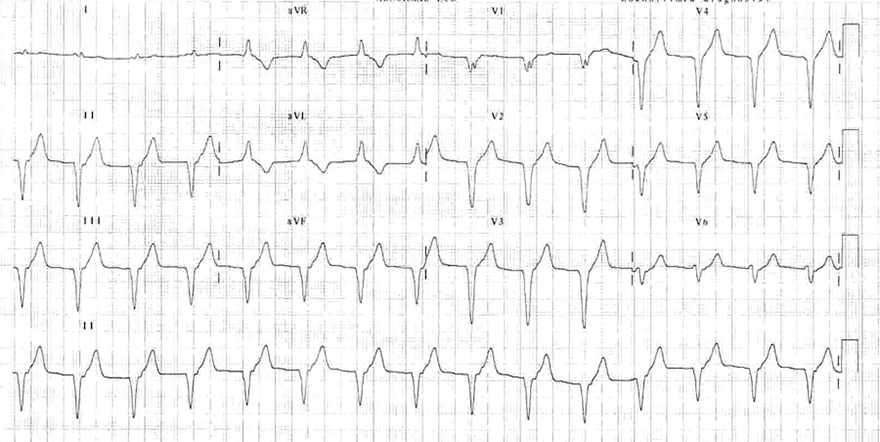
Accelerated Ventricular Rhythm
Sources
Ventricular Rhythm
|

|
ECG and Accelerated Ventricular Rhythm
|

|

Accelerated Ventricular Rhythm

Ventricular Rhythm

Accelerated Ventricular Rhythm

Ventricular Tachycardia

|
Accelerated Ventricular Rhythm
|

|

|
Sinus Rhythm and Ventricular Extrasystoles
|

|

|
Accelerated Ventricular Rhythm
|

|

|
Accelerated Ventricular Rhythm
|

|
Sources